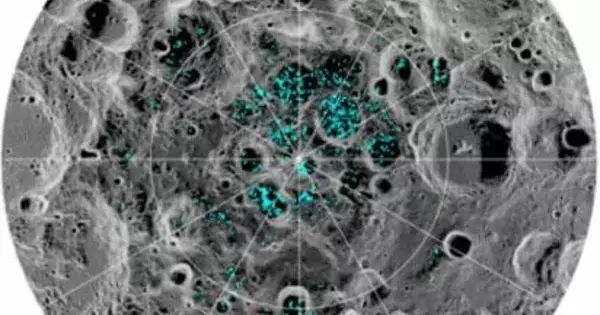The largest cosmic explosion ever observed has been discovered by a team of astronomers led by the University of Southampton. The explosion is ten times brighter than any known supernova (exploding star) and three times brighter than the brightest tidal disruption event, which occurs when a star collides with a supermassive black hole.
The explosion, known as AT2021lwx, has now lasted over three years, whereas most supernovae are only visible for a few months. It occurred nearly 8 billion light years away, around 6 billion years ago, and is still being detected by a network of telescopes.
The explosion, according to the researchers, is the result of a massive cloud of gas, possibly thousands of times larger than our sun, being violently disrupted by a supermassive black hole. Fragments of the cloud would be swallowed up, sending shockwaves through its remnants as well as into a large dusty ‘doughnut’ surrounding the black hole. Such occurrences are extremely rare, and nothing on this scale has ever been witnessed before.
Last year, astronomers witnessed the brightest explosion on record, a gamma-ray burst known as GRB 221009A. While brighter than AT2021lwx, it only lasted a fraction of the time, implying that the overall energy released by the AT2021lwx explosion is far greater.
The findings of the research have been published in Monthly Notices of the Royal Astronomical Society.
We discovered this by chance, as it was flagged by our search algorithm when we were looking for a specific type of supernova. Most supernovae and tidal disruption events last only a few months before dissipating. It was immediately unusual for something to be bright for more than two years.
Dr. Philip Wiseman
Discovery
AT2021lwx was discovered by the Zwicky Transient Facility in California in 2020, and was later picked up by the Asteroid Terrestrial-impact Last Alert System (ATLAS) in Hawaii. These facilities scan the night sky for transient objects that change brightness rapidly, indicating cosmic events such as supernovae, as well as asteroids and comets. The magnitude of the explosion was unknown until now.
“We discovered this by chance, as it was flagged by our search algorithm when we were looking for a specific type of supernova,” says Dr. Philip Wiseman, Research Fellow at the University of Southampton who led the study. “Most supernovae and tidal disruption events last only a few months before dissipating. It was immediately unusual for something to be bright for more than two years.”
The object was studied further by the team using several telescopes, including the Neil Gehrels Swift Telescope (a collaboration between NASA, the United Kingdom, and Italy), the New Technology Telescope (operated by the European Southern Observatory) in Chile, and the Gran Telescopio Canarias in La Palma, Spain.

Measuring the explosion
The team calculated the distance to the object by analyzing the spectrum of the light, splitting it into different wavelengths, and measuring the different absorption and emission features of the spectrum.
“Once you know how far away the object is and how bright it appears to us, you can calculate its brightness at its source. Once we ran those calculations, we realized this is extremely bright,” says co-author Professor Sebastian Hönig of the University of Southampton.
Only quasars, which are supermassive black holes with a constant flow of gas falling onto them at high velocity, are as bright as AT2021lwx.
Professor Mark Sullivan, also of the University of Southampton and another co-author of the paper, explains: “With a quasar, we see the brightness flickering up and down over time. But looking back over a decade there was no detection of AT2021lwx, then suddenly it appears with the brightness of the brightest things in the universe, which is unprecedented.”
What caused the explosion?
There are different theories as to what could have caused such an explosion, but the Southampton-led team believe the most feasible explanation is an extremely large cloud of gas (mostly hydrogen) or dust that has come off course from its orbit around the black hole and been sent flying in.
The team is now gathering more data on the explosion, including measuring different wavelengths, including X-rays, which could reveal the object’s surface and temperature, as well as what underlying processes are occurring. They will also run updated computational simulations to see if their theory of what caused the explosion holds up.
“With new facilities, like the Vera Rubin Observatory’s Legacy Survey of Space and Time, coming online in the next few years, we hope to discover more events like this and learn more about them,” Dr. Philip Wiseman added. It’s possible that these events, while extremely rare, are so energetic that they play a role in how galaxies’ centers change over time.”
















